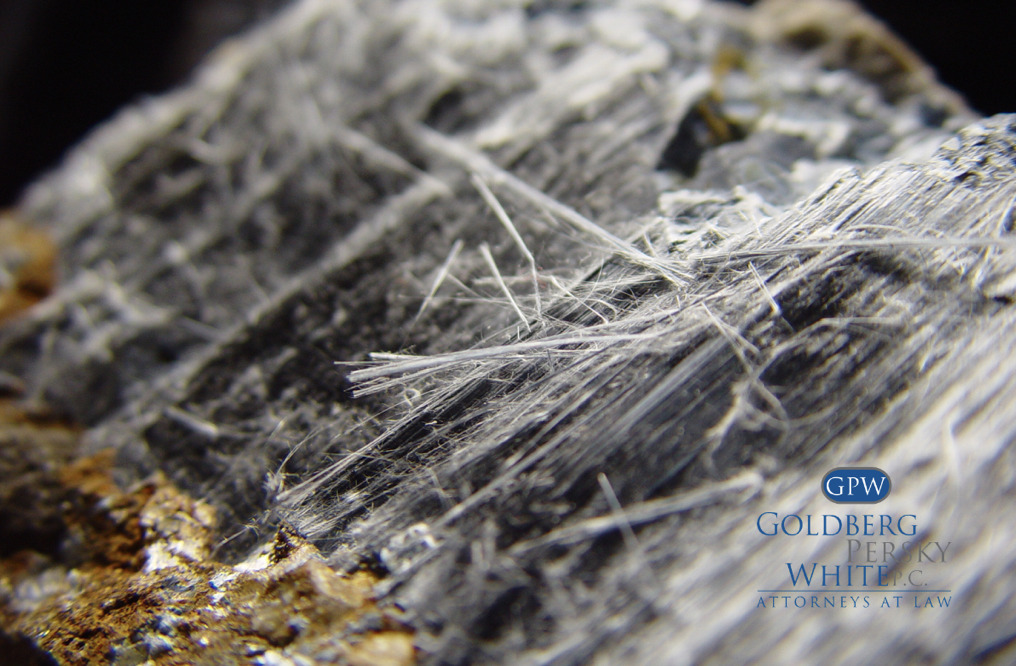Asbestos use dates back thousands of years, but it wasn’t until the Industrial Age and the mid- 20th century that asbestos was popularized as a building material. One of these common building materials was asbestos cement, or asbestos cement sheet (AC sheet) in which asbestos fibers were used to reinforce cement sheets. Asbestos cement can be formed into any shape, but it was typically molded into flat or corrugated sheets for roofing, walls, ceilings, and pipes.
One of the most common applications of asbestos cement was in military housing during WWII. Its high tensile strength, durability, and affordability gave people an alternative to brick, wood siding, and shingles especially once it became more readily available after WWII. The amount of asbestos used per product ranged anywhere from 10 to 75 percent and its strength was comparable to having steel bars reinforce concrete.
Types of Asbestos Cement Products:
- Shingles
- Clapboards
- Flat Sheets
- Corrugated Sheets
- Pipes
- Molded Products
Asbestos Exposure Inside and Outside a Structure
Even though the asbestos fibers are locked into a cement mixture, the fibers are still able to become airborne, whether it is inside or outside the building. Asbestos cement found in roofing can become weathered overtime, as it is constantly exposed to the harsh elements of nature. The roofing surface breaks down releasing fibers into the environment. Once this happens, the potential for asbestos exposure threatens much more than the occupants of the home, but those in the vicinity as well.
Asbestos cement pipes are hazardous from the moment of installation when dust is created and then not disposed of properly. During the renovation or demolition of buildings, sometimes the pipes have to be removed. If the pipes are crushed or broken during removal, asbestos fibers can become exposed.
One might think that paint and other encapsulants used on the asbestos fibers on siding, roofing, or ceilings solve the problem of potential asbestos exposure. Asbestos that is unable to be removed may be encapsulated to prevent exposure but paint encapsulants do deteriorate and chip over time, not only leaving the area exposed, but also leaving the paint chips behind embedded with the carcinogen.
While asbestos is not used as readily anymore, it still lingers in many of today’s buildings, causing a potential threat of exposure should those asbestos fibers break down and become airborne. Demolition workers have the highest risk of exposure as asbestos dust becomes airborne once buildings are torn down. Drywall workers, boilermakers, electricians, pipefitters, bricklayers, roofers, and painters are typically at a higher risk of asbestos exposure. The Occupational Safety and Health Administration (OSHA) is supposed to protect and ensure laborers that they are working in a safe and healthy environment. As an employee, know that you have rights under OSHA. If you are suffering from a life-threatening illness that may have been caused by asbestos exposure, contact the attorneys at GPW for a free, no obligation consultation.



